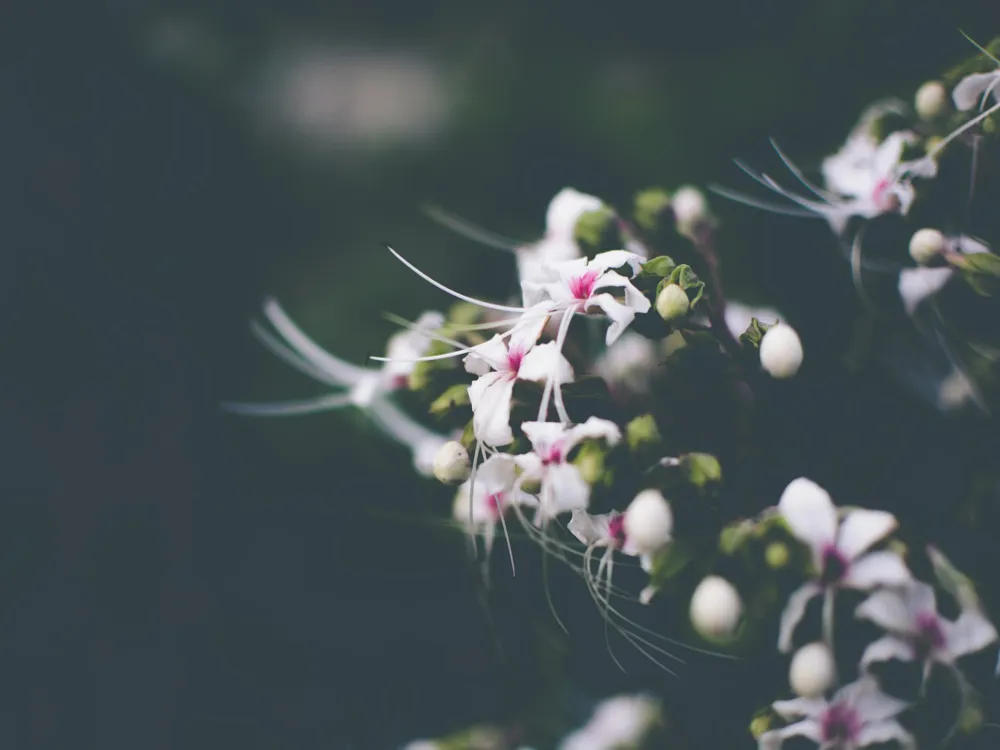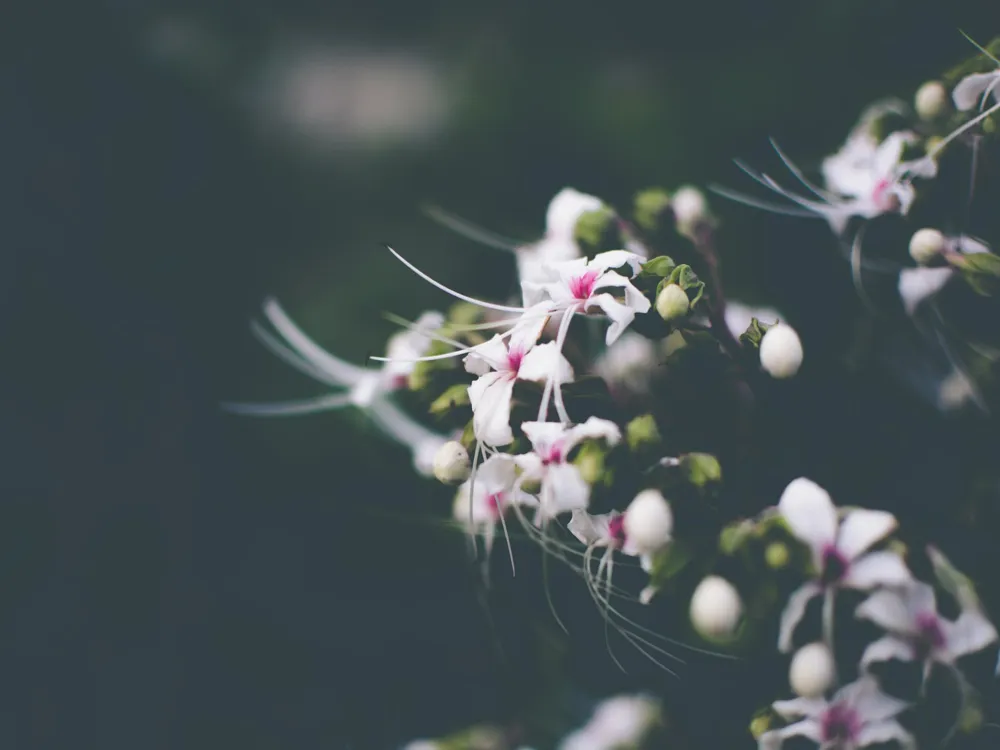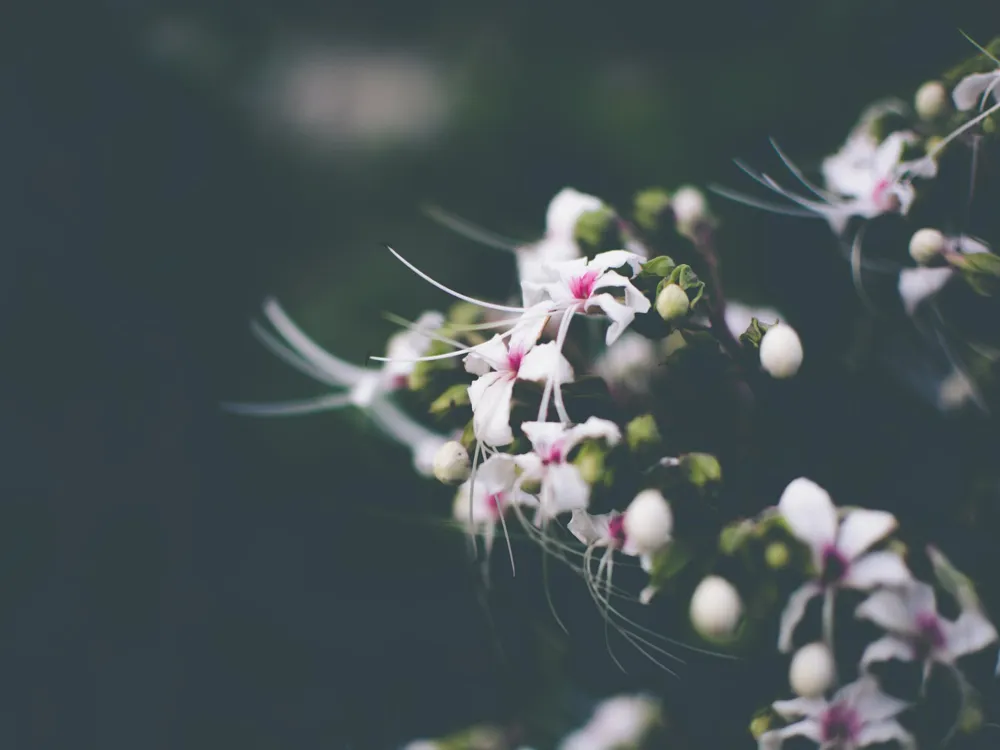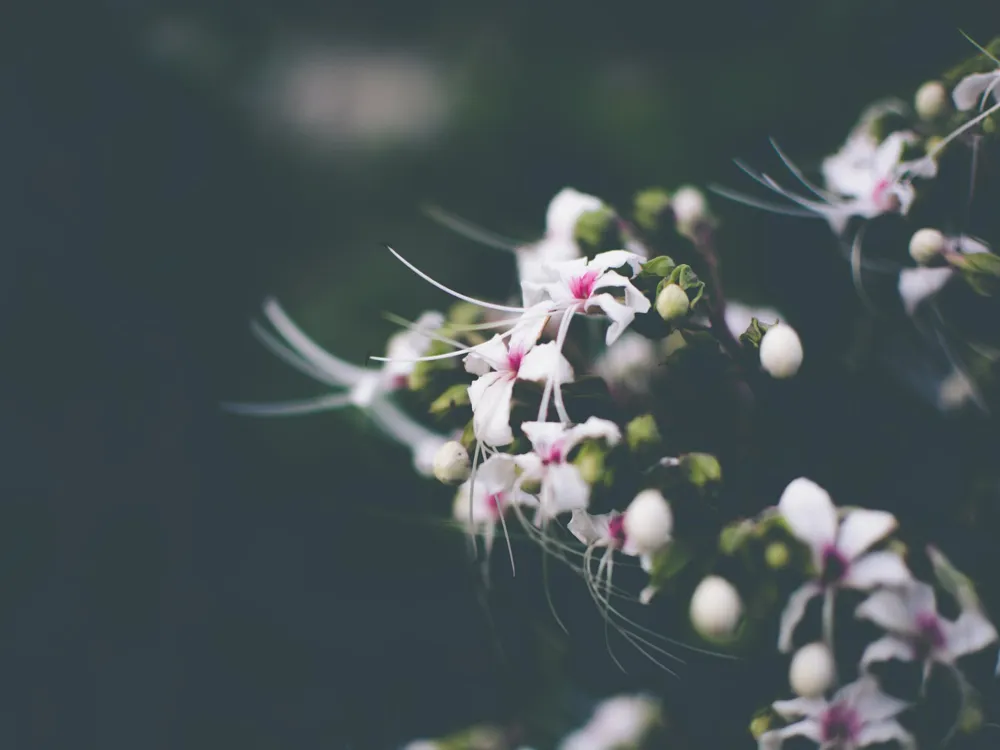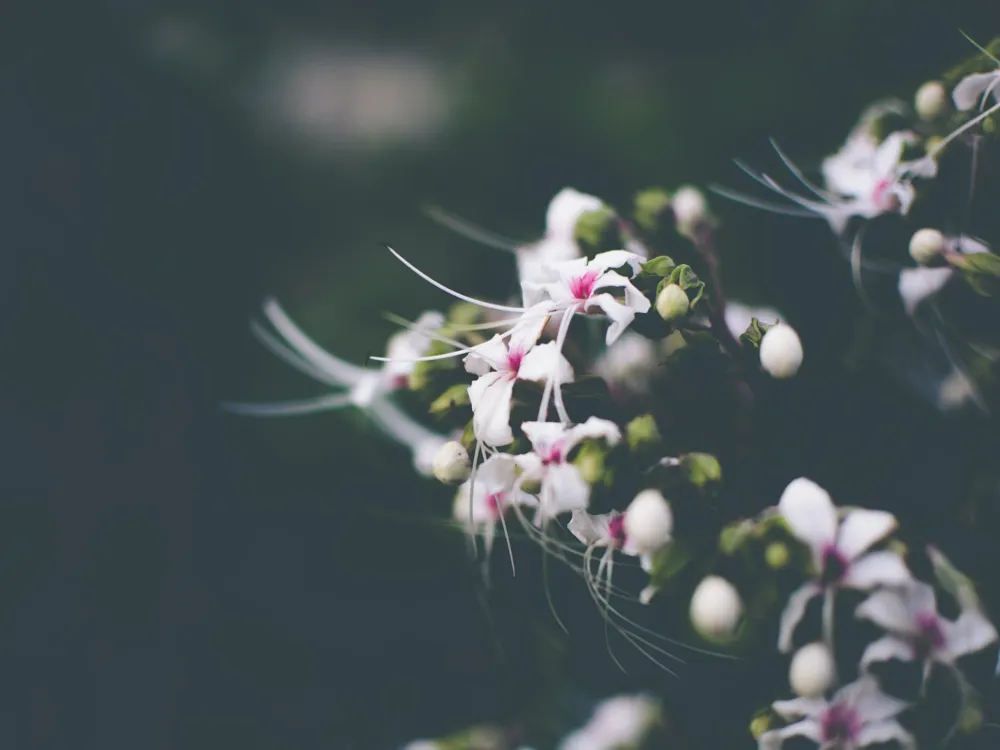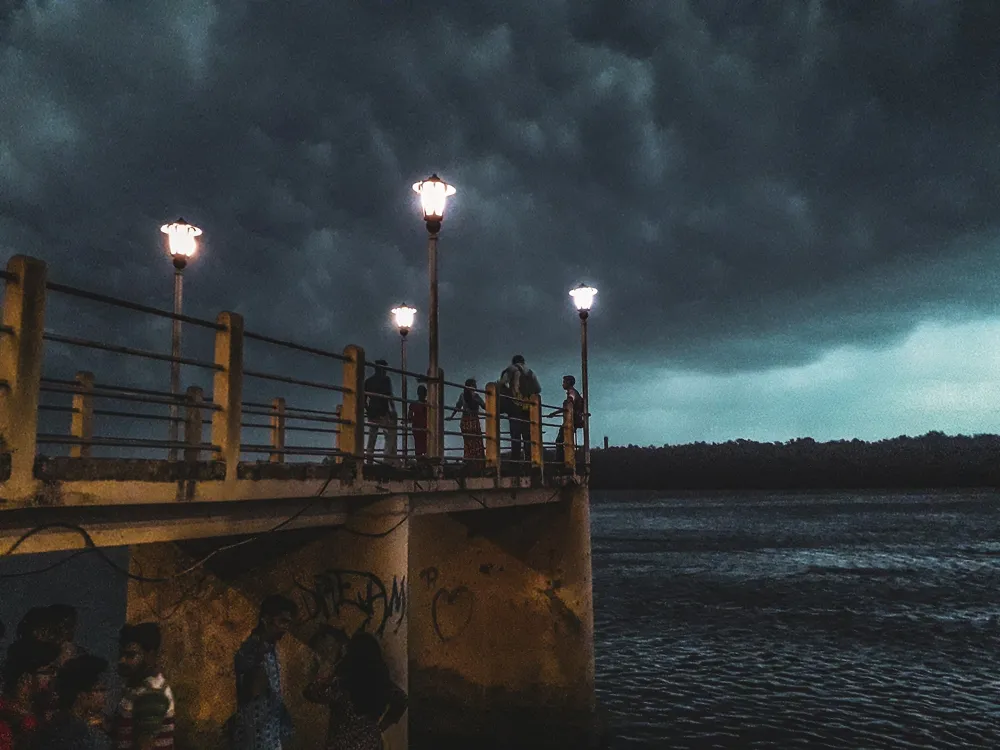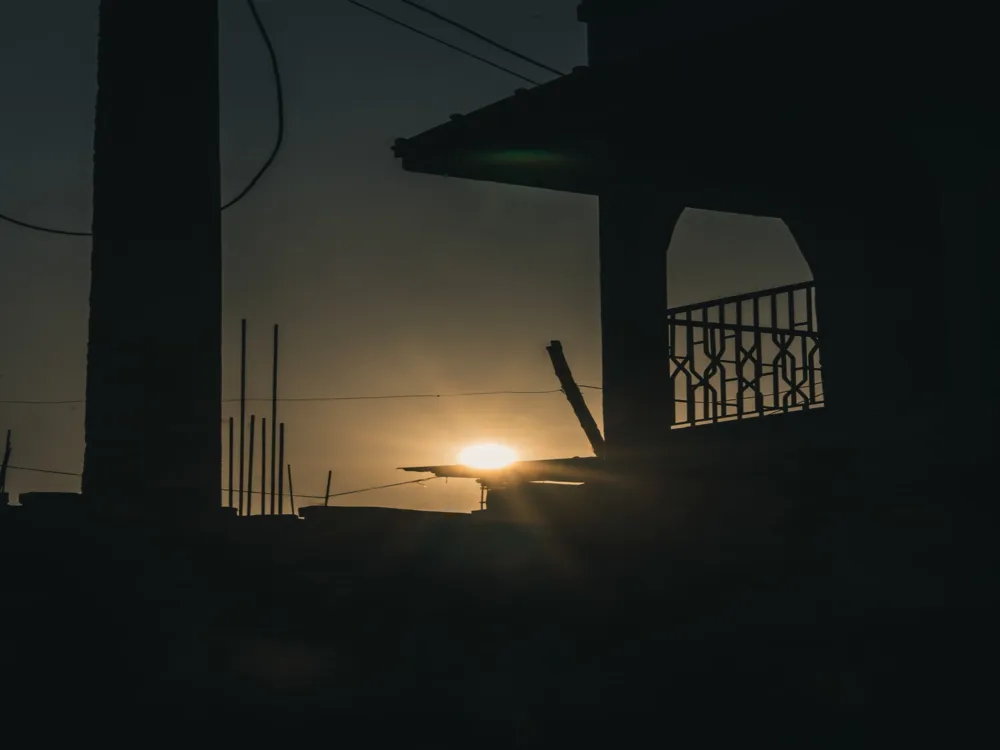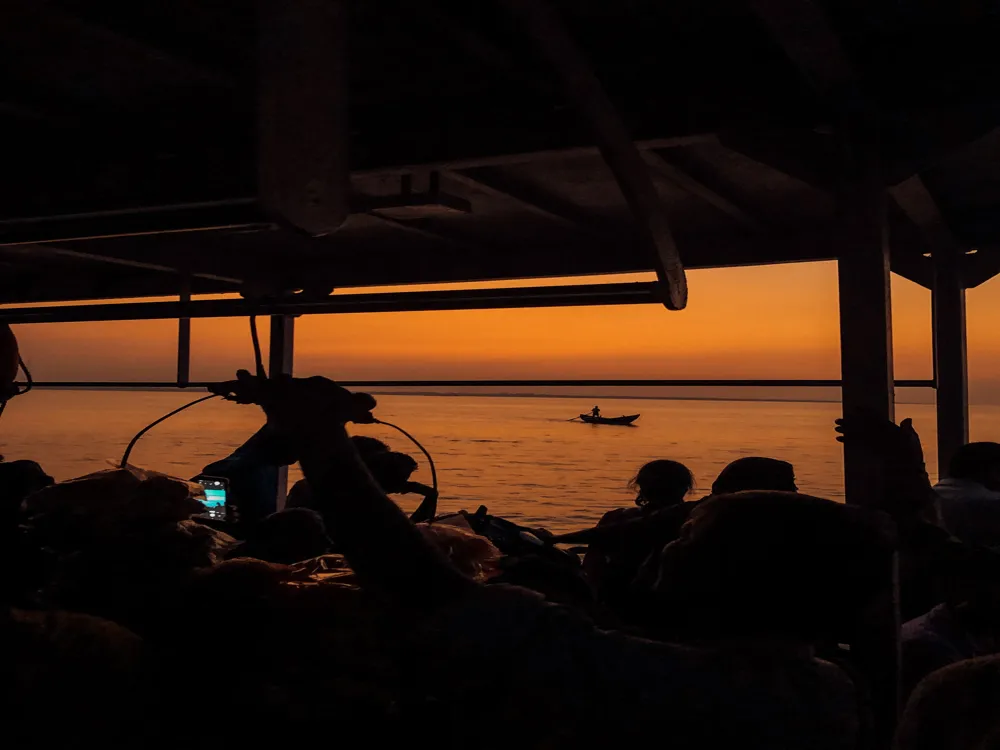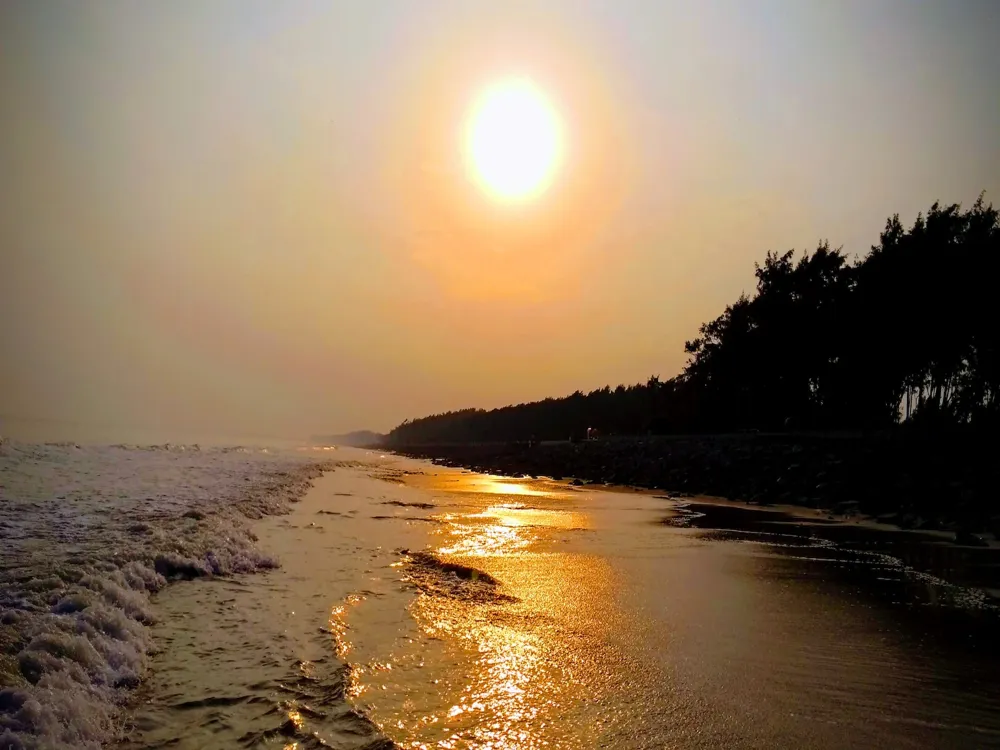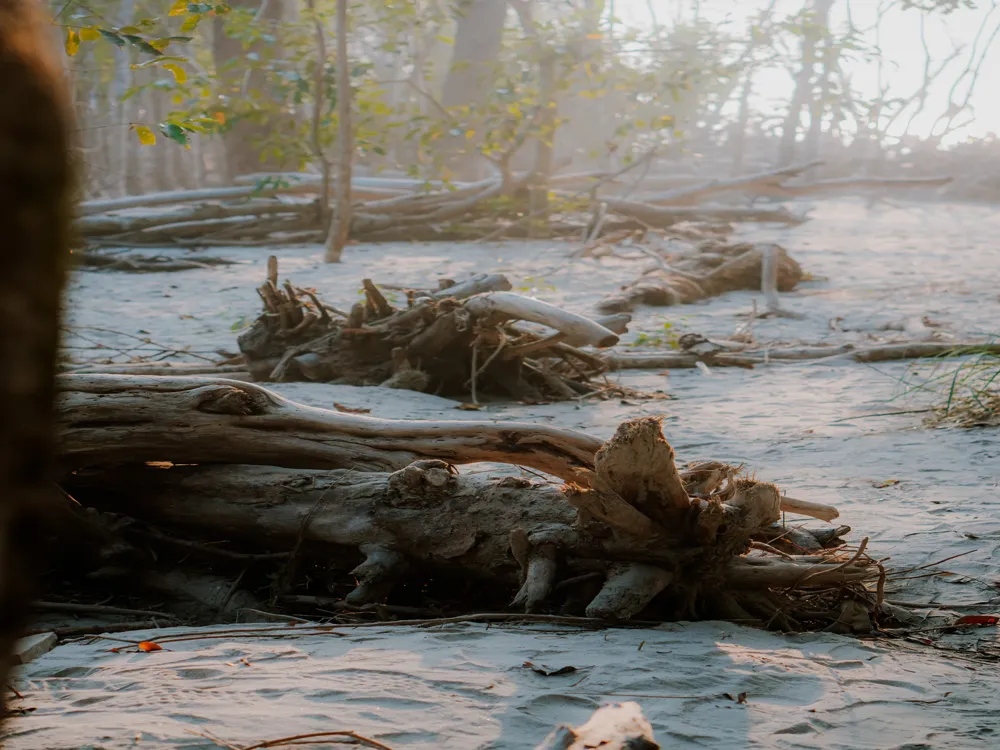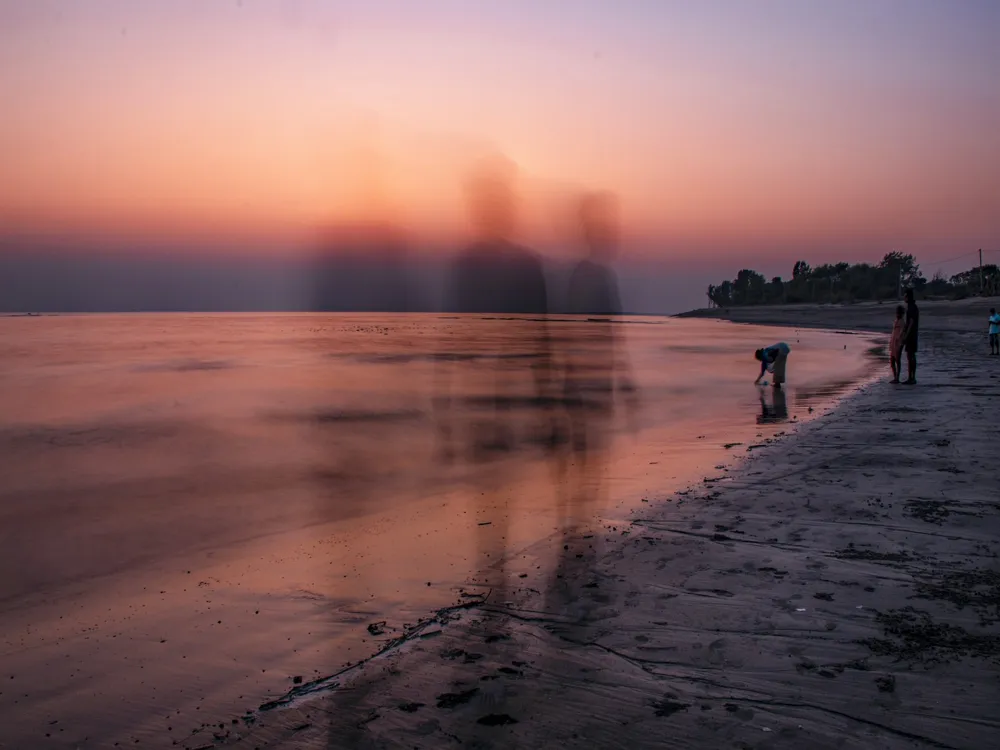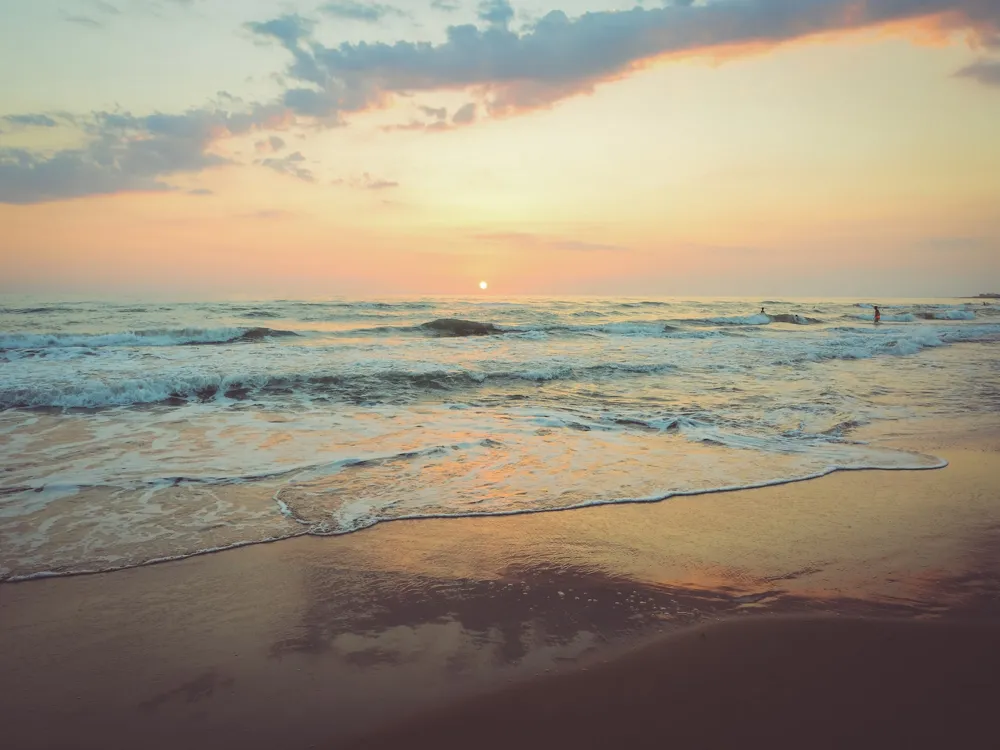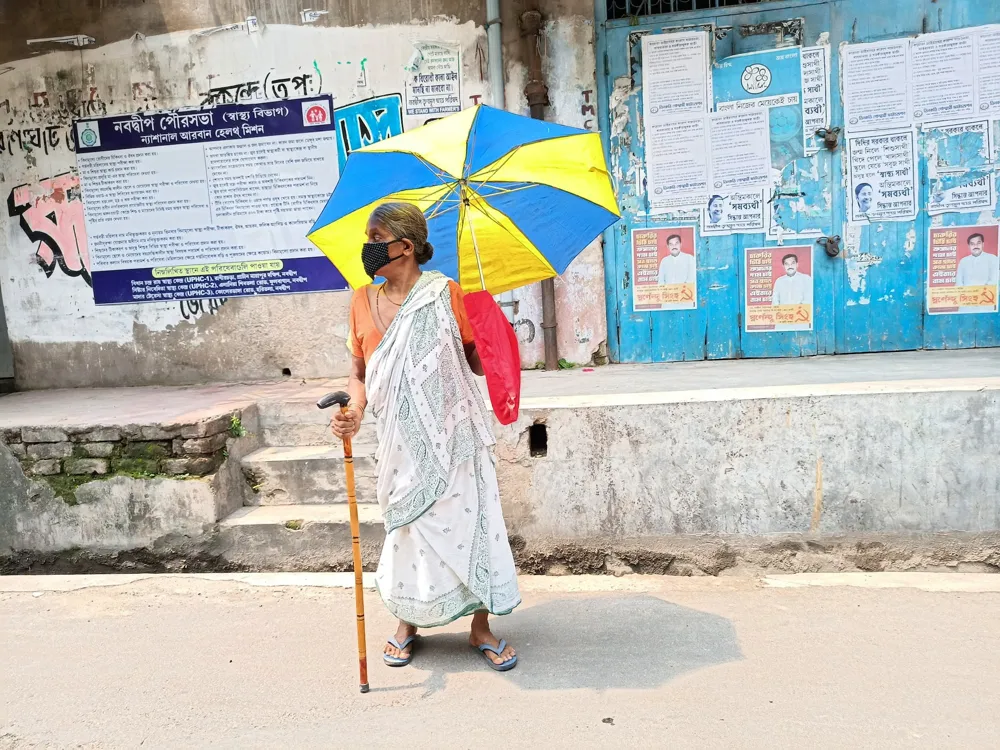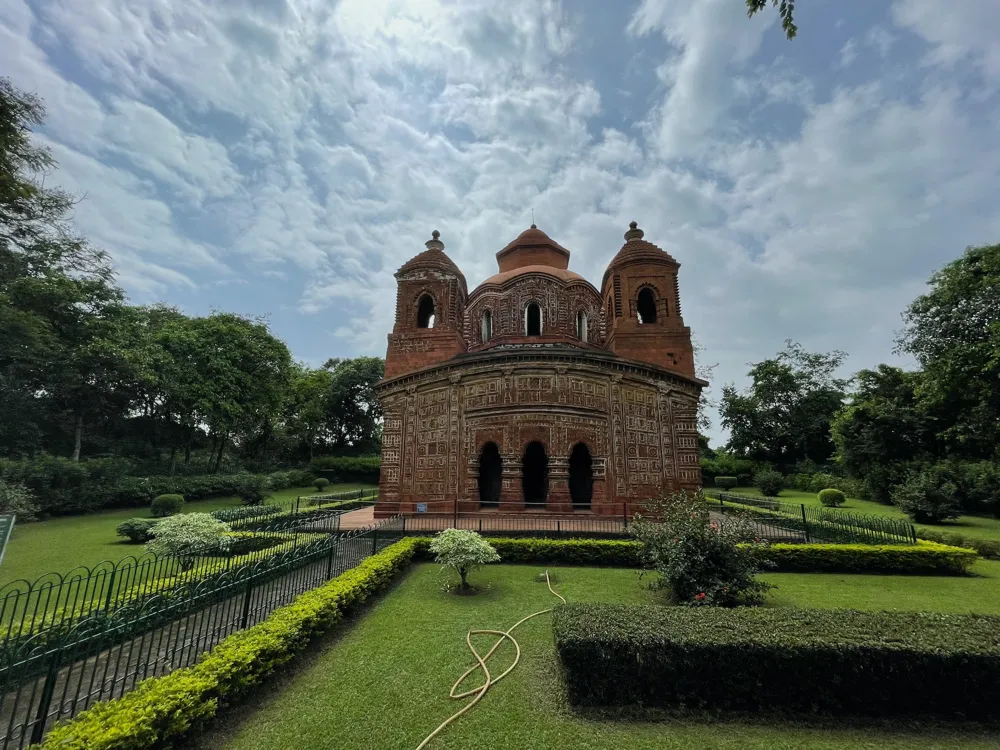Maidan, the vast stretch of field in the heart of Kolkata, West Bengal, is not just a geographical expanse but a tapestry of history, culture, and greenery. Encompassing about 988 acres, Maidan is often referred to as the 'lungs of Kolkata', providing a much-needed respite from the city's bustling urban life. It is surrounded by some of Kolkata's most iconic landmarks, including the Victoria Memorial, Eden Gardens, and the Royal Calcutta Race Course. Historically, Maidan has been a witness to significant events, from political rallies to cricket matches, embodying the spirit of Kolkata. The area was developed by the British in the early 18th century, primarily as a part of Fort William. Since then, Maidan has evolved, reflecting changes in Kolkata's socio-political milieu. During the British Raj, it was primarily used for military and recreational activities. Post-independence, Maidan transformed into a center for cultural and social gatherings. The Maidan is a vibrant canvas that depicts Kolkata's transition from a colonial city to a modern metropolis. The architecture around Maidan is a blend of colonial and modern designs, symbolizing Kolkata's historical evolution. Prominent among these is the Victoria Memorial, a splendid white marble structure built in memory of Queen Victoria. This building is an exemplary representation of Indo-Saracenic revival architecture, featuring a blend of British and Mughal elements, along with Venetian, Egyptian, Deccani, and Islamic architectural influences. Adjacent to the Victoria Memorial is the St. Paul's Cathedral, an Anglican cathedral and one of the first Episcopal churches in Asia. It exemplifies Gothic Revival architecture, with its pointed arches, ribbed vaults, and flying buttresses. Another architectural marvel is the Fort William, situated at the eastern shores of the Hooghly River. The fort represents the military architecture of the colonial era and is now the headquarters of the Eastern Command of the Indian Army. In stark contrast to these historical structures are the modern-day skyscrapers and sports complexes that dot the Maidan's periphery. The Eden Gardens, one of the oldest and largest cricket stadiums in India, stands as a modern architectural spectacle. Its recent renovations have added a contemporary touch to its otherwise historical facade. The juxtaposition of old and new architectural styles around Maidan reflects the diverse cultural and historical narrative of Kolkata. The ideal time to visit Maidan is during the winter months, from November to February when the weather is pleasant. Summer months can be extremely hot, and monsoon brings heavy rains, making it less ideal for outdoor activities. Given Kolkata's generally humid climate, it's advisable to wear light, breathable clothing. Comfortable walking shoes are a must as Maidan is vast and involves a lot of walking. Respect the local culture and norms. Avoid littering and keep the Maidan clean. Photography is generally allowed, but it's polite to ask for permission before taking photos of people or specific installations. Carry bottled water to stay hydrated. There are several food stalls around Maidan offering local Bengali snacks; trying these is a must for an authentic Kolkata experience. While Maidan is generally safe, it's advisable to be cautious of your belongings, especially in crowded areas. Avoid isolated spots after dark. Maidan is easily accessible from various parts of Kolkata. The nearest metro station is Maidan Metro Station, which is well-connected to different parts of the city. Local buses and taxis are also readily available. For those driving, there is ample parking space around Maidan. It's also conveniently located near major railway stations like Howrah and Sealdah, making it accessible for those coming from outside Kolkata. Read More:Overview of Maidan, Kolkata, West Bengal
Architecture of Maidan
Tips When Visiting Maidan
Best Time to Visit
What to Wear
Local Etiquette
Food and Hydration
Safety Precautions
How To Reach Maidan
Maidan
Kolkata
West Bengal
NaN onwards
View kolkata Packages
Weather :
Tags : Garden & Park
Timings : 24 hrs
Time Required : 1 - 2 hrs
Entry Fee : No Entry Fee
Planning a Trip? Ask Your Question
Kolkata Travel Packages
View All Packages For Kolkata
Top Hotel Collections for Kolkata

Private Pool

Luxury Hotels

5-Star Hotels

Pet Friendly
Top Hotels Near Kolkata
Other Top Ranking Places In Kolkata
View All Places To Visit In kolkata
View kolkata Packages
Weather :
Tags : Garden & Park
Timings : 24 hrs
Time Required : 1 - 2 hrs
Entry Fee : No Entry Fee
Planning a Trip? Ask Your Question
Kolkata Travel Packages
View All Packages For Kolkata
Top Hotel Collections for Kolkata

Private Pool

Luxury Hotels

5-Star Hotels

Pet Friendly








